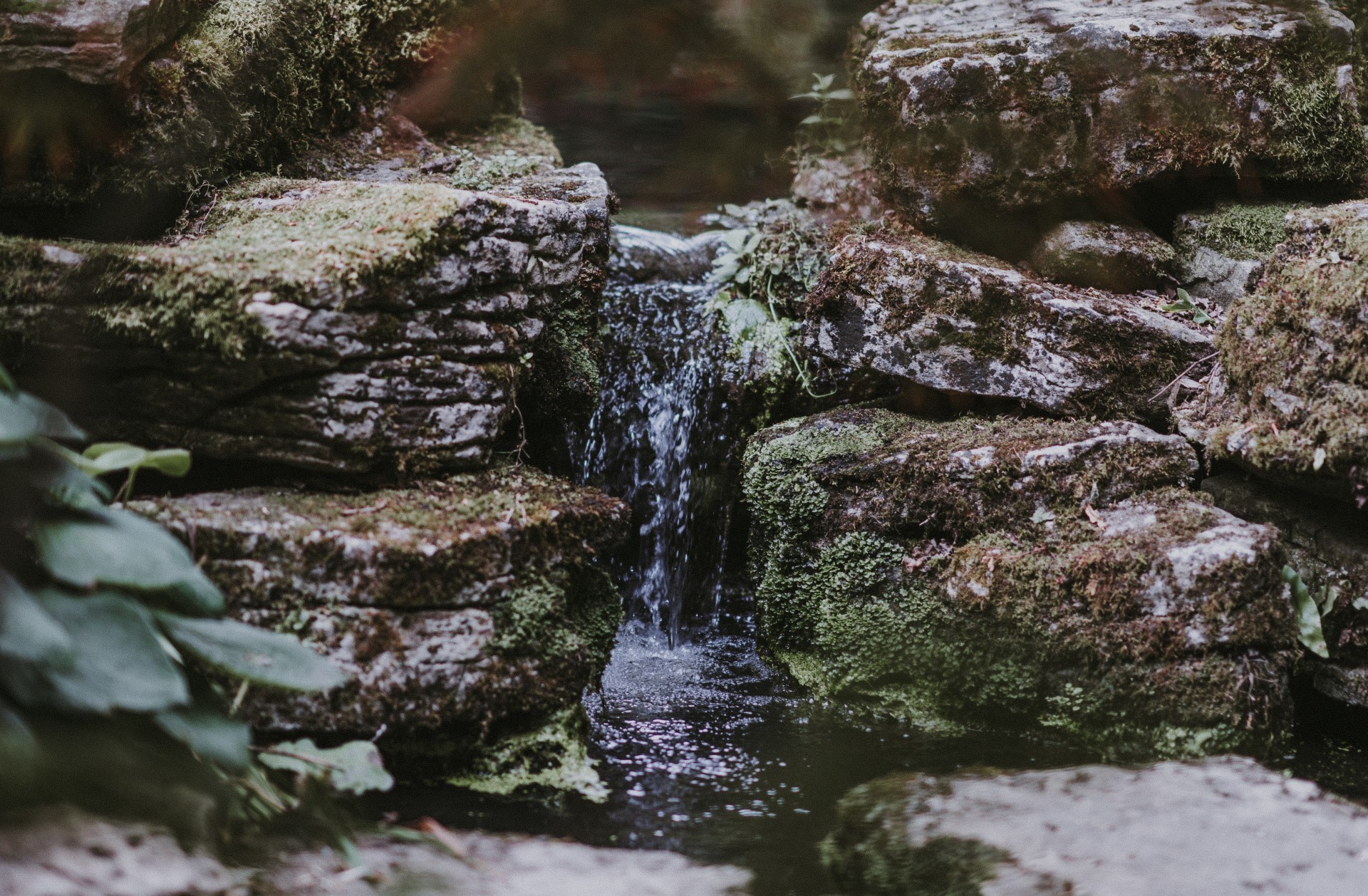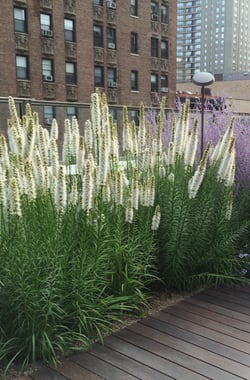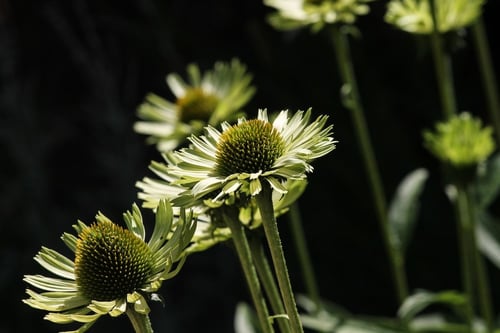
Green roofs are one of our primary tools in the fight against urban, suburban and rural stormwater runoff.
Pop quiz: What’s the worst thing about rain?
No, it’s not forgetting your poncho and getting soaked on the way to that meeting. Nor is it all the standing water in the Starbucks parking lot, though that’s a bit closer.
The worst thing about rain is the damage stormwater does to our cities and the environment, overflowing sewers and carrying all that raw, toxic muck into our drinking water and wild habitats. We’re talking poo, people. It ain’t pretty.
Like we said, it’s the worst.
One of the best ways to improve our stormwater management efforts is to build more green roofs and ensure that we’re stewarding them properly, so that their benefits continue over the long haul.
Building and maintaining green roofs to maximum effect, however, requires understanding how they work together. Keep reading to find out.
How Do Green Roofs Help Manage Stormwater?
 “Research at Penn State has shown that green roofs provide considerable reduction in the volume of stormwater leaving a developed site and they reduce the peak rates of runoff,” explains Penn State Extension.
“Research at Penn State has shown that green roofs provide considerable reduction in the volume of stormwater leaving a developed site and they reduce the peak rates of runoff,” explains Penn State Extension.
In other words, when rain falls, green roofs absorb that which lands on them, via both growing media and the plants themselves. That rain then stays on the roof and evapotranspirates, leaving through evaporation and plant transpiration – basically, exhaling.
What doesn’t leave trickles down to the street level, but often gets there later than peak runoff, the time when stormwater in the streets is running its highest. This reduces the chances of combined sewer overflows and their negative effects, including pollution and disease.
Notably, green roofs can do this even when their depth is quite limited. Extensive green roofs – typically defined as having only 3-6 inches of media (as opposed to intensive green roofs, which have between 6 and 24) – are quite capable of snagging and holding onto stormwater.
We like to think that green roofs can do better than that, though.
How Can We Improve Green Roofs for Better Water Retention?
 Because one of the primary goals of a green roof is to hang onto water, improving the retentive abilities of rooftop systems should comprise a primary goal.
Because one of the primary goals of a green roof is to hang onto water, improving the retentive abilities of rooftop systems should comprise a primary goal.
In some newer roofs, a specific water retention layer has been added, raising the level of water retention even higher. While this layer hasn’t yet been widely mandated, we think it will become more and more common in coming years.
Another way to improve the effectiveness of green roofs as a stormwater management tool is good stewardship. Plants are responsible for around half of the retention and detention, and if they’re not healthy (or worse, dead), those benefits disappear.
Plus, using the right plants matters too. We want to match plants to the environment, giving them the best chance of survival even under tough conditions: exposure, sun, wind, shade, freeze-thaw cycles, rain, snow, storms and more. Those buggers are tough, though … so long as we choose right. Sometimes that means sedums, the workhorses of the green roofing world, and other times it might mean native plants.
Point being, we need to give it some thought. That’s why learning more about green roofs and how to take care of them is critical if we want to maximize those benefits.
And we know you do. (Because, poo. We talked about that.)
So let’s work together to make that happen. All you have to do is get in touch today.

